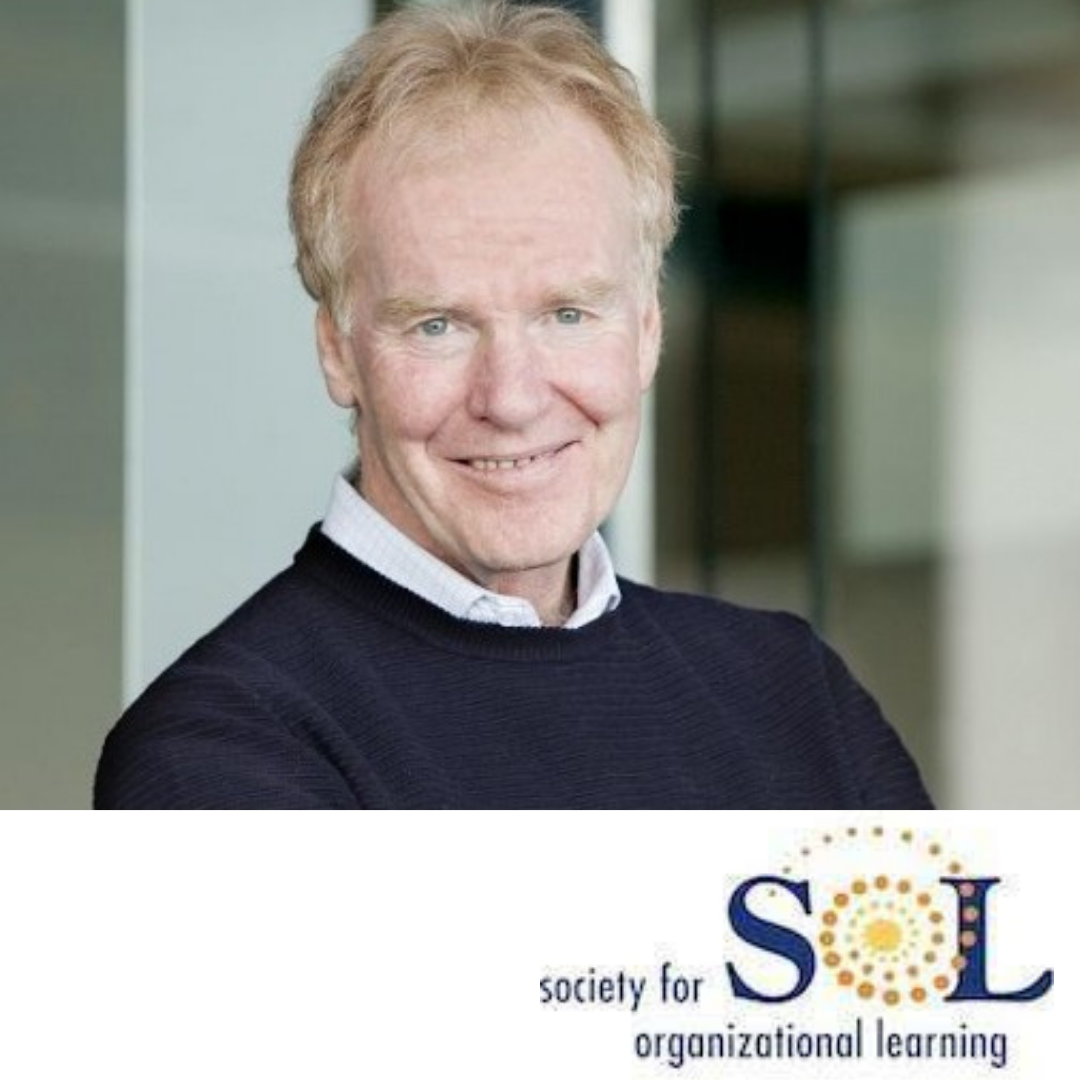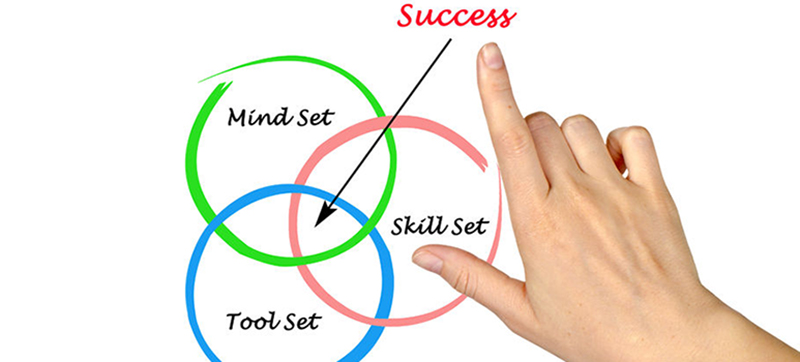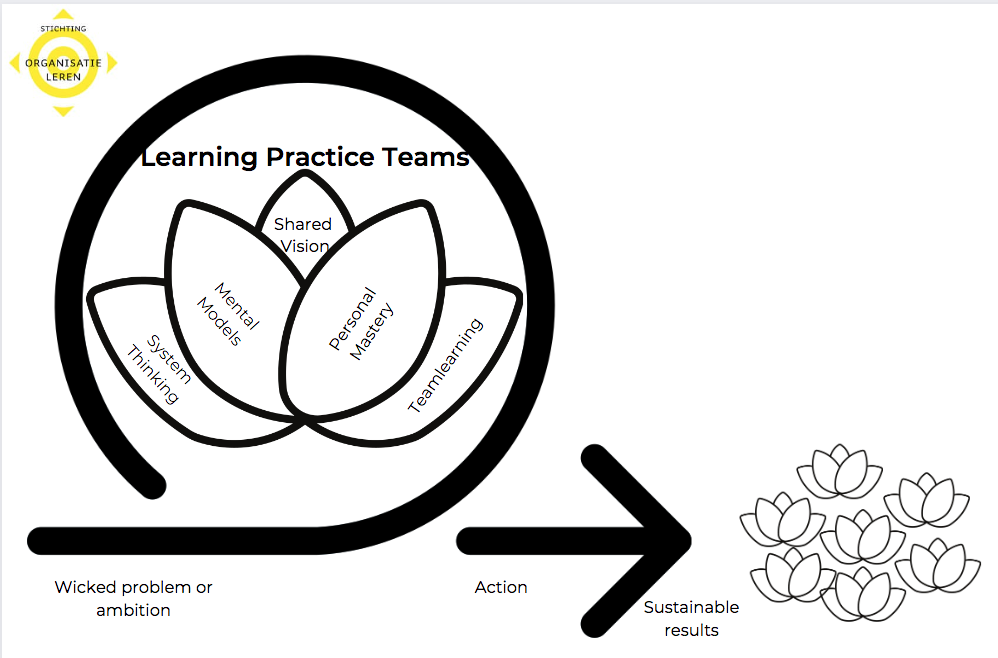TEAM LEARNING
In-company program
LEARNING PRACTICE TEAMS & LEADERSHIP LEARNING
Organization Learning Foundation (SOL) promotes learning as a person, team, organization and society.
There is no Learning Organization. It is the people who learn and who ensure that an organization has and keeps a reason for existence!
Read here how we Team Learning helping to develop in organizations (profit & not-for-profit). We always do this in Company. That is, in coordination with the organization itself (customization).
Receive instantly the E-book Team Learning for free in your mailbox!

“Unless teams can learn, the organization cannot learn” (Senge, 1990).
Because the world is constantly changing, organizations can only survive if they continuously change with it. And to be able to change, it is necessary for organizations to be able to innovate and learn.
But organizations cannot learn, only people can learn (see our Personal Mastery program). It therefore requires an extra challenge to learn collectively / in a team. The greatest value creation ultimately takes place in teams. This is where the leverage is when it comes to performance and learning.
Everyone can bring in expertise, but it is quite a challenge to bundle that expertise, talents and experience of everyone so that 1 + 1 = 3. Team learning is a necessity to properly manage this value creation process.
The problem:
There are two 'types' of teams where value creation takes place. These each require a different approach:
- The regular teams/departments that are often active for an indefinite period, often in the primary process. The challenge here is to develop a sustainable learning and working environment for employees in which they feel safe, experience autonomy, dare to take initiative, dare to address each other and feel valued. Here the focus is on performance & learning.
- In addition, there are temporary teams that are created to tackle specific problems, ambitions or assignments. Here the focus is more on experimenting & learning.
The solution:
SOL NL has developed the following solutions for these two 'types' of teams:
- For the regular teams/departments that are often active for an indefinite period of time, the program is "Learning Leadership" developed. With the focus on Facilitation & Care, these teams/departments are growing in team effectiveness (on a Maturity scale from M1 to M4).
- For the temporary teams that are created to tackle specific problems, ambitions or tasks, SOL has developed the concept of the Learning Practice Teams developed. Teams always make short 'learning circles' based on Senge's 5 disciplines of organizational learning.
SOL Nederland supports the creation of a learning culture in which participants acquire skills 'on the job' with which they can participate sustainably in new (work) situations, in order to solve challenging issues there, in a continuously changing society.
Part 1: Learning Leadership
Hersey and Blanchard describe 4 levels of attunement in their theory of 'Situational Leadership'. Marijke Lingsma has further elaborated on this concept (Getting started with team coaching). She calls the four levels M1, M2, M3 and M4, the M stands for maturity.

M1 – The first phase is that of loose sand. Team members mainly work on their own and have little insight into what colleagues are doing and what is expected of the team.
M2 – The second phase is that of competition; small groups are formed within the team. The team needs the leader one minute and resists the leader the next.
M3 – In the third phase, solidarity is created between the team members. The close-knit team shuts down and resists outside influences.
M4 – In the fourth phase, a team is created in which the team members know how to use each other's talents and are open to outside influences.
Through a correct team analysis it can be determined in which phase a team is in and subsequently raise the team to a higher level through interventions.
The development of a team is linear. This means that all phases must be completed in the path towards adulthood.

The program "Learning Leadership" essentially revolves around two things: people & their environment. In other words, ensuring an optimal learning and working environment (Facilitation) and genuine attention for the employee as a person (Care).
facilitation: It may be clear. You are there as a leader for your people, your people are not there for you! It is up to you to develop a sustainable learning and working environment in which your employees feel safe, experience autonomy, dare to take initiative, dare to address each other and feel valued.
Care: Employees feel valued when managers are genuinely interested in their proposals (making the invisible visible). If they are really listened to (making the inaudible audible). And if it is really safe to say what you want (make the unspeakable negotiable).
In order to be able to apply this optimally as a manager, team leader, chef, etc., we as SOL have drawn up a program in which you get started with your own mindset, skillset & toolset and that of your employees. This is a program focused on Performance & Learning.
"Leadership and learning are indispensable to each other"
John F. Kennedy
Part 2: Learning Practice Teams
For temporary teams, the focus shifts from Performing & Learning (see part 1) to Experimenting & Learning. With the help of the 5 disciplines associated with developing a learning organization (see Peter Senge; the Fifth Discipine) collective learning within teams is given shape and content.

Wicket problem: a meaningful problem, ambition or assignment is central for which a team needs 4 to 8 months to solve. We compare this with growing a first water lily in a ditch. Not easy! This problem or ambition has the full attention and support of the management of the company.
Personal Mastery: The team has a multidisciplinary character. The project has to 'fly' and is led by two people (pilot & co-pilot). Each team member makes a strength finder test (talents) and names his or her personal learning goals.
Team learning: In a joint session of 3 days we work on the question of how we combine realization and learning;
- Realize: Which objectives do we want to achieve and why?
- Learning: How do we do this in a learning way so that we grow as a person, as a team and as an organization? We use the 5 disciplines of a learning organization at every step.
Shared vision: Looking for an image shared with all team members on the end result and the learning way in which this is achieved (shared vision).
System thinking: Using a systemic view of the whole, we gain a better understanding of the underlying problem, ambition or task.
Mental Models: looking for the (value of the) solutions through internal / external networks, customers, suppliers, etc. (eg with deep dives / power of the people / knowledge circles / Mastermind). This is based on mental models (how do we / others view this problem and the solution?).
To do: testing / applying the chosen solution direction in practice (start-up methodology / testing the value proposition).
Sustainable results: Implementing the solution and capturing the learning for the organization. In addition, promoting the progression of individual team members to pilot or co-pilot (for the creation of new water lilies).

"It is difficult to get the first Learning Practice Teams off the ground. It is like trying to grow water lilies in a ditch. It takes a lot of effort to get the first specimens to flower. But when the time comes, the whole ditch full in no time"
Patrick Bijman
